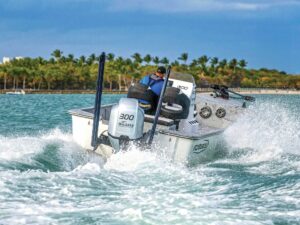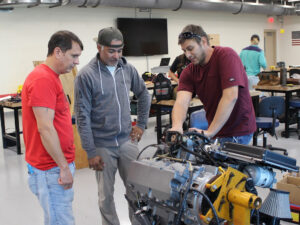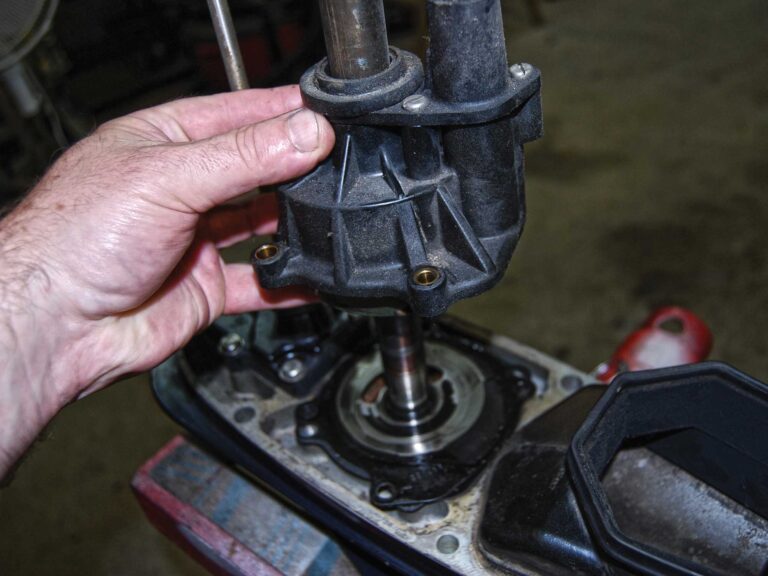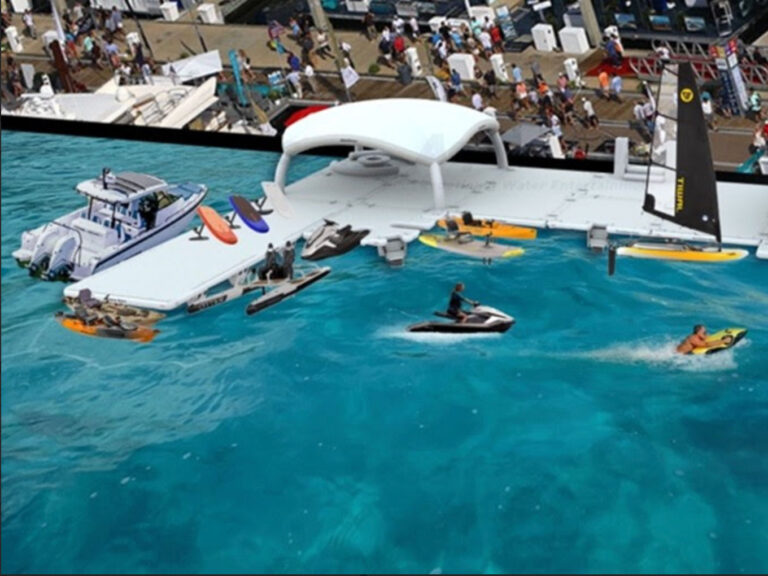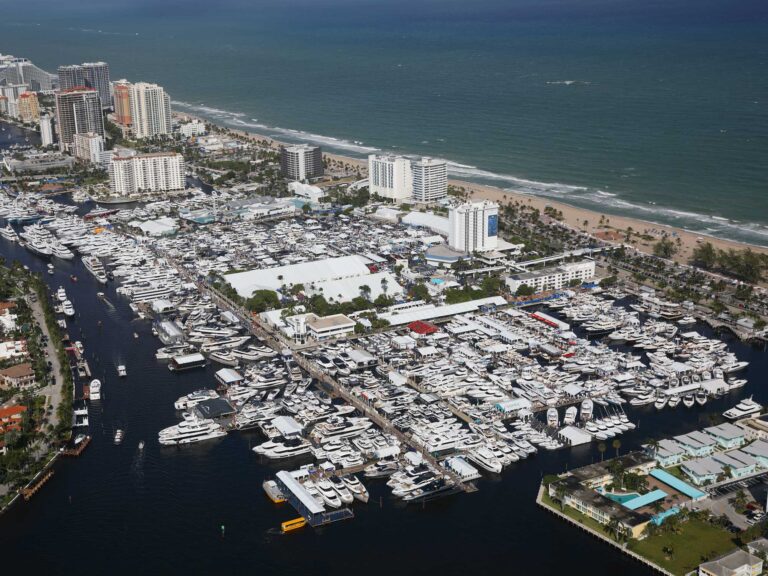
Just as we were rounding the west end of San Clemente Island, some 50 nautical miles from our home port of Huntington Harbor, California, the port outboard rattled to a halt. The gears in the lower unit had detonated.
Fortunately, the Boston Whaler 320 Outrage was equipped with twin Mercury 250 hp Verado outboards, so we weren’t dead in the water. We had a spare “get home” engine in the form of the starboard outboard.
The question was: How long would it take to get home? Would the single engine limit our speed, forcing us to slog back — a passage that would require at least five hours? Or would we be able to plane the 32-foot center console to get home within a more reasonable time frame?
We quickly found out the single 250 Verado would plane the 320 Outrage, albeit with the engine at nearly wide-open throttle. Calm seas helped ease the run. While it took one hour and 15 minutes outbound, the ride home lasted more than three hours.
While you might think it’s OK to continue to stay out and enjoy your day on the water, it’s prudent to head for port as soon as possible once an engine goes kaput. The problem affecting one outboard — such as a fuel issue — might subsequently affect the other, possibly leaving your boat dead in the water.
Here are five steps you should know in case one of your twin outboards quits.
Plane Test
Find out ahead of time whether or not just one outboard is sufficient to plane your boat. Run it on a single outboard as if one engine had quit.
This test is particularly important if you’re buying a new boat. If the boat won’t plane on just one of the twin engines, ask to test a model with more powerful twins. Do this until you find the right set of twins for getting home on one engine.
If you’re repowering an existing boat, consider this an opportunity to boost the horsepower to make sure you can plane on one outboard.
Tilt and Trim
When running on just one of two outboards, tilt up the non-operable motor. This gets the lower unit out of the water, eliminating as much drag as possible.
At the same time, you might need to keep the running outboard trimmed in substantially. This will enhance the engine’s ability to lift the stern and keep the boat on plane. Trim in all the way to propel the boat out of the hole, then try trimming out in small increments to see how far you can go without falling off plane. Note that sharp turns should be avoided with one engine tilted up, lest the tie bar may get bent.
Weight Forward
To get the boat on plane initially, you might need to move some weight, such as gear and crew members, toward the bow. Outboard boats tend to squat in the stern and rise in the bow as they accelerate out of the hole. Getting weight out of the aft quarters and onto the bow helps the boat climb on plane.
Once fully underway, crew members can move off the bow but might need to remain amidships to keep the boat on plane.
Lighten Up
The lighter the boat, the easier it is to plane. We’re not talking about throwing equipment overboard, but you can lighten the boat by draining livewells, tossing ice out of the fish boxes or emptying the freshwater tank. Water weighs 8.3 pounds per gallon, so draining a pair of 30-gallon transom livewells eliminates nearly 500 pounds of weight on the stern.
Use Your Tabs
Trim tabs help lift the stern, not only during hole shot but also while underway. Use them judiciously to pop up and stay on plane when running with just one of two engines.
Trim tabs can correct a boat’s tendency to heel over when running on just one outboard — the result of unequalized propeller torque. It’s not only uncomfortable, but also the prop can lose its bite (as the hull leans to the opposite side of the operating motor). Apply down tab to the side that’s lowest to level the boat and keep you on an even keel.

